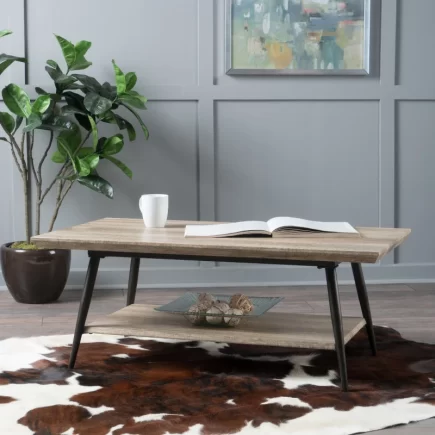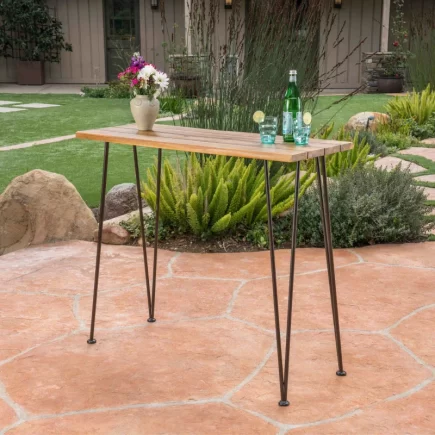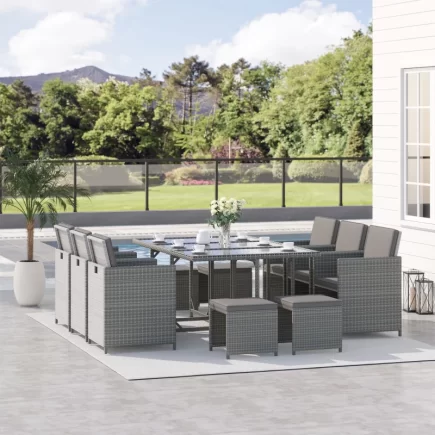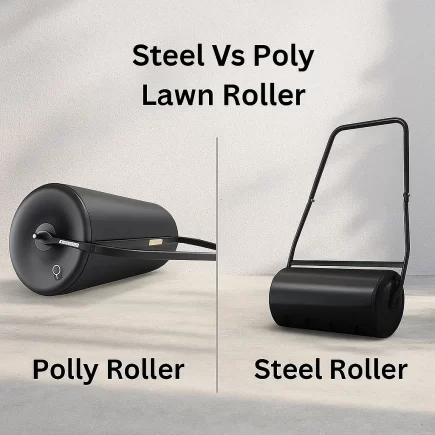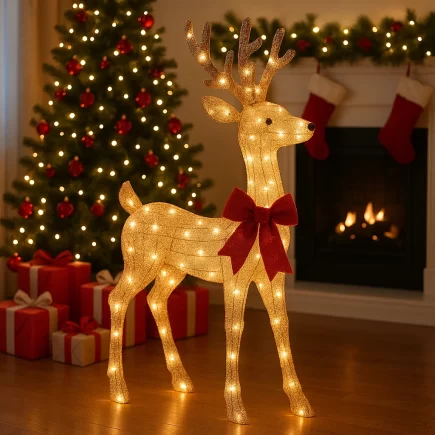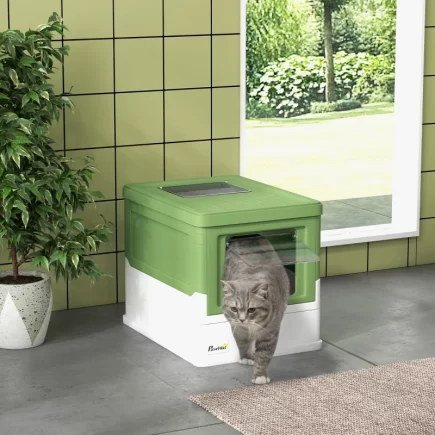Choosing the right cat bed is one of the simplest ways to improve your cat’s comfort, rest quality, and emotional well-being. Cats sleep between 12–18 hours a day, and the sleep environment you provide directly affects how relaxed, secure, and supported they feel. A carefully selected bed regulates temperature, reduces stress, and creates a personal territory your cat can claim. A poorly chosen bed, too small, too exposed, or uncomfortable, often goes unused.

This guide blends expert feline behaviour insights with practical considerations, including modern bed features such as elevated woven pods, multi-level hideaways, heated shelters, and adjustable two-position beds.
1. Start by Observing Your Cat’s Sleeping Behaviour
Your cat’s natural habits determine which bed they will truly use. Observe for 1–2 days:
Do cats curl or stretch?
- Curlers → donut beds, cave beds, round pods.
- Stretchers → rectangular beds, mats, loungers.
Do cats hide or rest in open spaces?
- Hiders → enclosed domes, igloos, multi-level towers.
- Open sleepers → flat beds, cushions, hammocks.
Do cats prefer height or the floor?
- High perchers → elevated pods, hammocks, window perches.
- Floor sleepers → orthopedic mats, thick cushions.
Do cats seek warmth or coolness?
- Warm seekers → heated pads, insulated huts, plush interiors.
- Heat-sensitive cats → breathable cotton or mesh.
Behavior-Based Bed Selection Table
| Cat Behavior | Indicates | Recommended Styles |
| Curls tightly | Needs warmth/security | Donut, nest, round pod |
| Stretches fully | Needs space | Rectangular mats, loungers |
| Sleeps under furniture | Likes darkness | Enclosed, cave, hooded |
| Naps in open areas | Prefers visibility | Open beds, airy woven designs |
| Climbs shelves/windows | Seeks height | Elevated pods, window perches |
| Sleeps near warm spots | Heat-lover | Heated beds, thermal pads |
| Sleeps on hard floors | Needs joint support | Memory foam, orthopedic |
2. Choose the Right Bed Size and Shape

How to Measure Cat Bed Size
- Measure your cat when relaxed.
- Add 4–6 inches for comfortable movement.
- Ensure the bed opening is easy to enter.
Best Shapes for Cat Bed
- Round/Oval: great for curling.
- Rectangular: ideal for stretching.
- Cave/Pod: perfect for privacy-seekers.
- Vertical Tower: excellent for multi-cat homes or climbers.

3. Match the Bed Type to Your Cat’s Personality
Open Beds
Best for: confident or social cats.
Benefits: good airflow, easy access, simple cleaning.
Donut Beds
Best for: curlers and kneaders.
Benefits: raised supportive edges, plush interiors.
Cave / Hooded / Igloo Beds
Best for: shy or anxious cats.
Benefits: darkness, noise reduction, secure enclosure.
Elevated or Pod-Style Beds

Best for: cats who like height or observing rooms.
Benefits: better airflow, reduced floor drafts, cozy elevated feel.

Multi-Story Tower Beds
Best for: multi-cat households or climbers.
Benefits: vertical enrichment, layered nap options, space-saving.

Two-Position or Adjustable Beds
Best for: cats with changing preferences.
Benefits: can be rotated horizontally or vertically for different comfort needs.

Heated or Insulated Beds
Best for: seniors, kittens, hairless breeds, or cold rooms.
Benefits: soothing warmth, joint relief, consistent temperature.
4. Consider Comfort: Firmness, Padding & Support
Comfort in a cat bed comes from a combination of supportive structure and breathable materials. A well-designed bed should keep your cat comfortable for long naps while also regulating airflow and temperature.
Aligned Comfort Features
- Soft, supportive cushioning that helps your cat feel secure while resting.
- Cotton or plush cushion inserts that provide a comfortable, skin-friendly sleeping surface.
- Elevated or structured bases that keep the bed stable and reduce floor drafts.
- Breathable woven materials that allow air to circulate and prevent overheating.
- A cozy, enclosed shape that supports a curled sleeping position while offering warmth.

5. Choose Safe, Durable Materials

Best Textures
- Plush/Sherpa, warm and soft.
- Cotton, breathable for warm climates.
- Woven rattan / natural fibres, airy, stylish.
- Fleece, light and cozy.
- Bouclé, durable and claw-resistant.
- Polyester blends, washable and long-lasting.
Avoid
- Chemically treated fabrics.
- Poor stitching.
- Materials that trap too much heat.
- Cheap synthetics that shed fibres.
Material Comparison Table
| Material | Best For | Pros | Cons |
| Plush/Sherpa | Cold weather | Very soft | Collects hair |
| Fleece | Daily use | Warm, light | May pill |
| Cotton | Warm climates | Breathable | Lower heat retention |
| Wool | Texture-loving cats | Durable | Slight scratchiness |
| Natural woven fibers | Air circulation | Breathable, stylish | Can fray |
| Polyester blends | Everyday use | Durable, washable | Less breathable |
6. Check Airflow, Breathability & Temperature Control
Cooling Options
- Cotton
- Mesh
- Woven pod structures
Warming Options
- Plush fabrics
- Wool
- Self-warming linings
- Heated cushions in insulated shelters

7. Look for Practical Features That Improve Longevity
Choose beds with:
- Anti-slip bases
- Washable, removable covers.
- Replaceable cushions.
- Stable, tip-resistant frames.
- Elevated bases to reduce dust.
8. Troubleshooting If Your Cat Rejects the Bed
Common Issues
- Wrong material
- Wrong location
- Bed too big or too small
- Too enclosed or too open
Solutions
- Move the bed to where your cat already naps.
- Add familiar scents (blanket or clothing).
- Change the bed type (open ↔ enclosed).
- Lower the bed depending on preference.
9. Final Buying Checklist
| Category | What to Look For |
| Cat Needs | Matches sleep style & personality |
| Size | Adequate space without feeling oversized |
| Comfort | Supportive base, suitable padding |
| Materials | Safe, durable, season-appropriate |
| Maintenance | Easy to wash and clean |
| Placement | Away from noise, drafts, or busy areas |
| Longevity | Strong stitching, sturdy frame |
Choosing a Cat Bed that matches your cat’s natural habits, not just appearance, makes all the difference in whether they truly use it. When you focus on the right shape, supportive structure, safe materials, proper temperature control, and a location your cat already prefers, you create a comfortable space they’ll return to again and again.
FAQs
1. How do I choose a bed for a kitten vs an adult cat?
Kittens need small, secure, warm spaces like soft caves or plush donuts. Adult cats prefer beds that match their behaviour, stretching, climbing, or hiding. Make sure the bed is washable since kittens have more accidents.
2. What type of bed is best for older cats with joint issues?
Choose orthopedic or memory foam beds that provide stable, medium-firm support. Older cats struggle with climbing, so low-side or easily accessible beds work best. Heated options can also soothe stiff joints.
3. How can I stop my cat from dragging or sliding the bed around the floor?
Lightweight beds can shift easily, especially on smooth flooring. Choose a model with an anti-slip base or place a rubber mat underneath. Heavier beds with stable frames or weighted bottoms are also useful for energetic cats who pounce into their bed.


